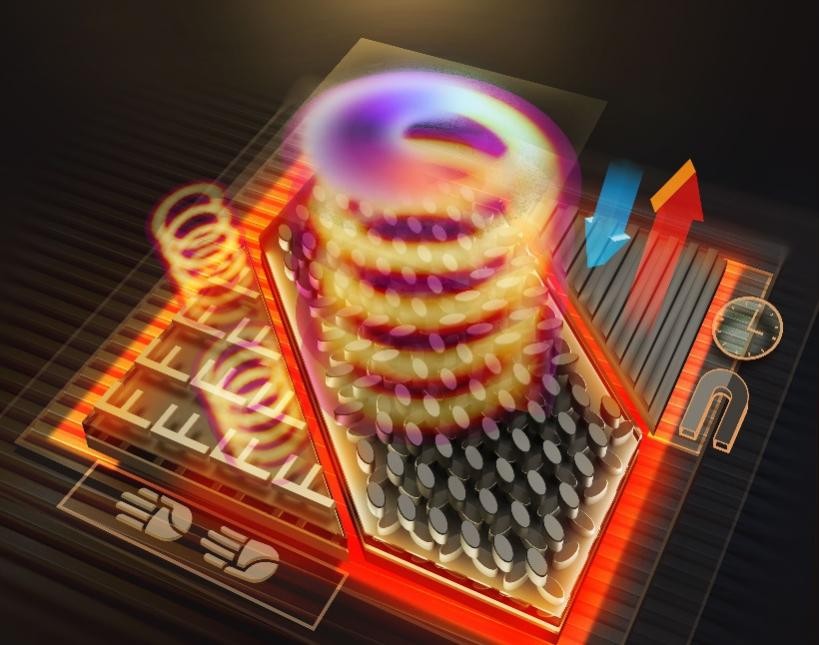Recently, Prof. Wei Li and his team from Changchun Institute of Optical, Fine Mechanics and Physics, Chinese Academy of Sciences, in collaboration with Prof. Shanhui Fan and his team from Stanford University, USA, analyzes the physical mechanism and overviews recent progress of near and far field thermal radiation control based on symmetry-broken nanophotonic structures and outlooked the future development in this direction. The perspective has been published as a review paper titled "Thermal Photonics with broken symmetries" in eLight. Congratulations to Tianji Liu and all co-authors!
As a universal physical phenomenon, thermal radiation exhibits omnidirectional, incoherent, non-polarized, and broadband radiative properties. The fast-developing thermal photonics has shown that these properties can be effectively engineered using nanophotonic structures. Since the emissivity and absorptivity of an object are functions of frequency, direction, and polarization, changing or breaking the spatial symmetry of a thermal radiator will inevitably lead to changes in emissivity and absorptivity.
In this review, according to the different levels of asymmetry, the latest research works are summarized into the following three categories: geometric asymmetry, different symmetries of electromagnetic modes, and non-reciprocity.
Aperiodicity and chirality are examples of geometric asymmetries. For applications such as radiative cooling, cost-effective aperiodic multilayer structures enable on-demand spectral control in both solar band and atmospheric window. Chiral nanostructures have potential applications such as chiral thermal sources and chiral sensing.
Based on the manipulation of mode symmetries, Fano resonance achieves asymmetric and high quality factor emission peaks through the destructive interference of bright and dark modes. Utilization of mode symmetries can also generate bound states in the continuum, and the coupling strength between the modes can be tuned by changing the structural symmetries, realizing the switch of light absorption or thermal radiation.
Lorentz reciprocity is a fundamental internal symmetry in Maxwell's equations. Breaking reciprocity enables the violation of the detailed balance between angular spectral absorptivity and emissivity. In a linear system, there are two main approaches to breaking reciprocity: magneto-optical effect and space-time modulation. Non-reciprocal thermal photonics show great potential for improving the energy conversion efficiency of photovoltaic systems and realizing thermal rectifying devices.
This review highlights the importance of symmetry breaking in thermal photonics and overviews and analyzes the physical mechanisms of geometric asymmetry, different symmetries of electromagnetic modes, and non-reciprocity in the nanophotonic structures, a plethora of exciting applications could be expected in thermal photonics with broken symmetries.

Figure 1. Thermal photonics with broken symmetries including geometric asymmetry, different symmetries of electromagnetic modes, and non-reciprocity.
Paper Links: https://doi.org/10.1186/s43593-022-00025-z


